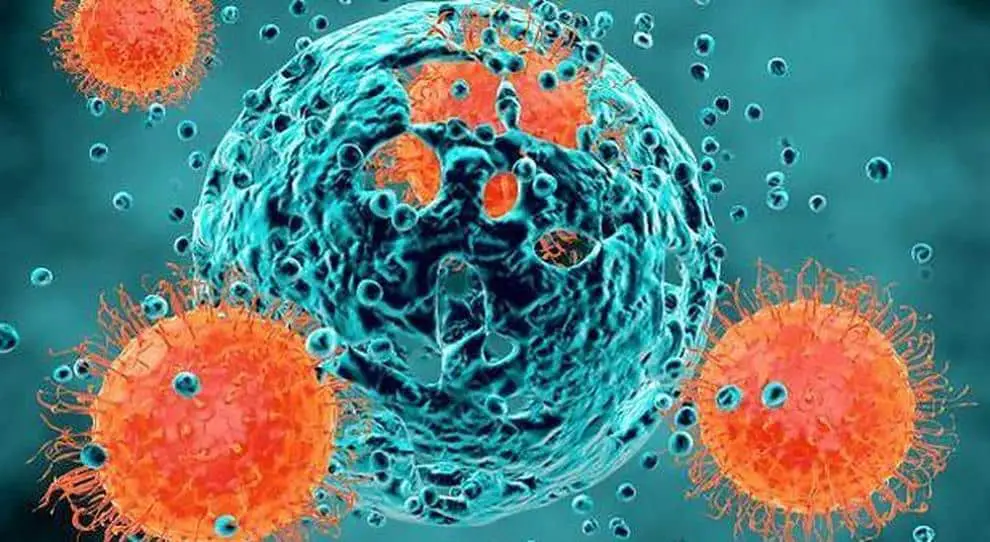A team of researchers from the VIB-KU Leuven Center for Cancer Biology, the Netherlands Cancer Institute, the Oncode Institute and the University of Cambridge has discovered that a defense mechanism linked to the menstrual cycle plays a role in the spread of mutant cells within breast tissue.
Defense Mechanism Linked to Menstrual Cycle Discovered
A new study published in Nature describes how the growth and subsequent removal of excess milk ducts in breast tissue during the menstrual cycle can contribute to the spread of mutant cells, giving rise to large mutant fields prone to the development of tumors.
Although tissue in healthy individuals may appear completely normal, it can contain large fields of mutant cells that are capable of growing into a tumor. The more cells in a normal-looking but mutant field, the greater the chance that one of these cells will behave abnormally and develop into cancer. To date, researchers are not sure how these large fields of mutant cells develop into normal tissue.
Some theories propose that mutant cells spreading across large fields of tissue may play a crucial role in the initiation and recurrence of human breast cancer. An international team of researchers led by Professors Colinda Scheele of the VIB-KU Leuven Center for Cancer Biology, Jacco van Rheenen of the Netherlands Cancer Institute and Oncode Institute, and the Cancer Grand Challenges PRECISION team have now published new findings suggesting that a mechanism responsible for the normal remodeling of breast tissue during the menstrual cycle is a potential driver of breast cancer development.

During the equivalent of the menstrual cycle in mice, the mammary glands go into a frenzy of remodeling. High levels of estrogen ensure the creation of small alveoli that grow into milk-producing units during pregnancy. However, when there is no pregnancy, the body recognizes that these alveoli have no function. At the end of the cycle, the body then ruptures these milk ducts, removing most of the expanded cells.
While this mechanism appears to be very effective in clearing out excess cells, including mutant cells, it does not appear to be foolproof. The body clears out most of these cells at the end of the cycle, but some mutant cells, by chance, may survive this process. Instead, tissue remodeling now allows these cells to proliferate and spread within normal tissue.
Natural remodeling of breast tissue therefore appears to be a double-edged sword: on the one hand, it leads to the natural removal of excess cells (both normal and mutant); on the other hand, it facilitates the expansion of some mutant cells within healthy tissue.
Colinda Scheele says: “In our study, we looked at the evolution of mutant cells before they developed into cancer. More specifically, we labeled both healthy and mutant stem cells in the breast tissue of mice and monitored their behavior over several months. Our results showed that the menstrual cycle influenced the behavior of the labeled cells and allowed some of them to spread over large distances.”

Jacco Van Rheenen adds: “Our results show that with each menstrual cycle, there is a small chance that the mutated clones can become larger and spread over large areas within the breast tissue. This also means that a greater number of cycles increases the chances of this happening and therefore the chances of developing cancer over time. This also potentially explains why pregnancy and breastfeeding decrease the chances of breast cancer.”
While this study provides a better understanding of the early stages of tumor formation, more research is needed to determine how and where healthcare providers can intervene to ensure that cells carrying mutations do not develop into cancer. As a next step, the team hopes to examine human tissue from donors to see if the same mechanisms are at work in the human body.
#Menstrual #cycle #influences #spread #mutant #cells #breast #tissue